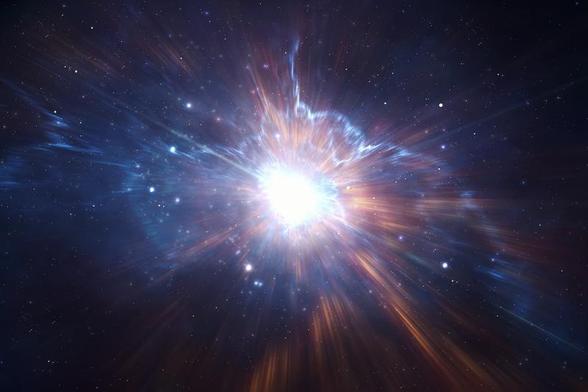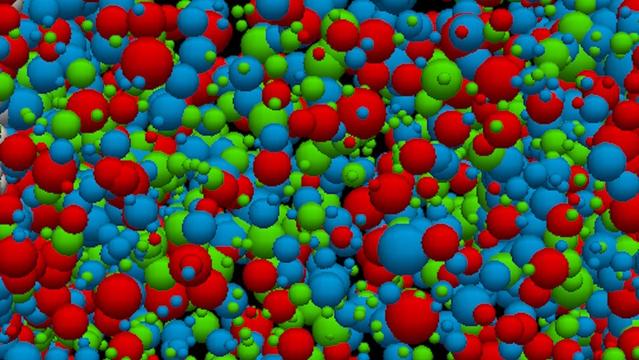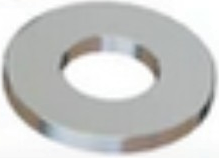Kim V. Berghaus (@Caltech), Marco Drewes (@UC Louvain) and Sebastian Zell (MPP) propose a new model on the universe’s first inflation. It's based on particles and forces from the Standard Model.
#Cosmology #ParticlePhysics #Universe #StandardModel
https://nachrichten.idw-online.de/2025/10/24/kosmische-inflation-mit-standardrepertoire-der-teilchenphysik



